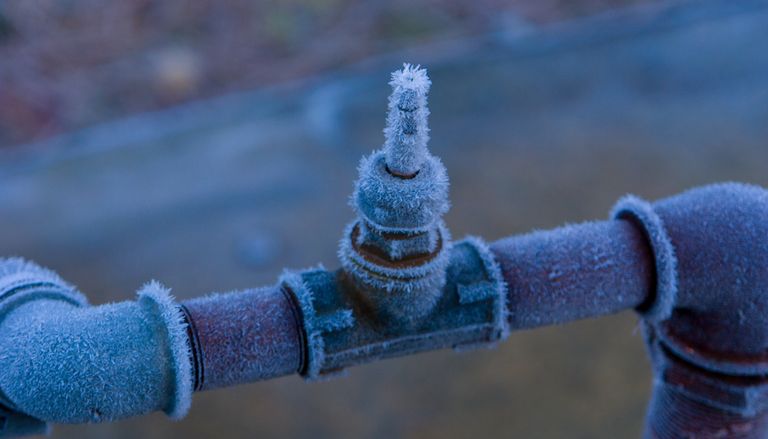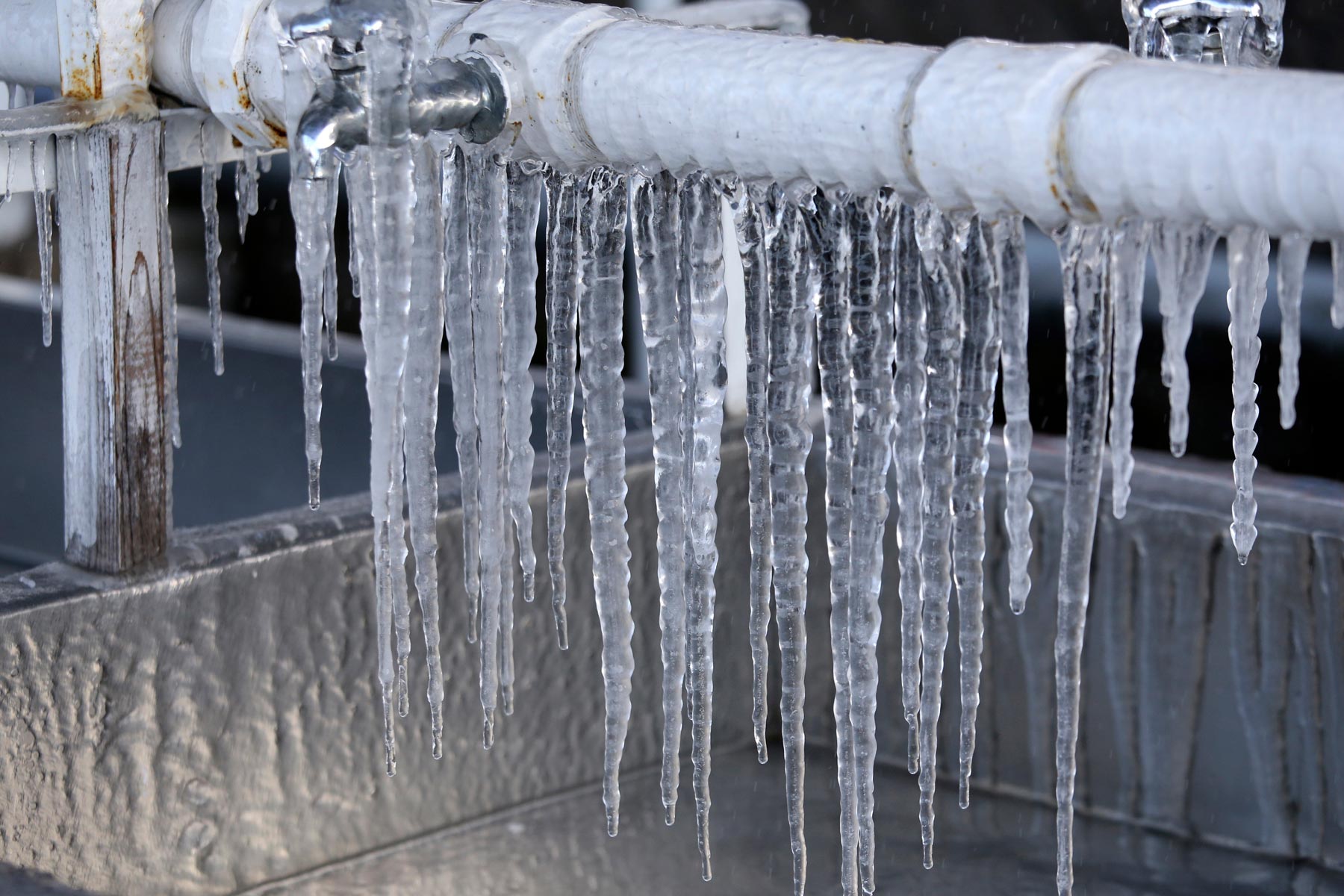Are you hunting for info on How to prepare your home plumbing for winter weather?

Cold weather can ruin your plumbing, particularly by freezing pipelines. Right here's exactly how to stop it from taking place and what to do if it does.
Intro
As temperatures decline, the threat of frozen pipes boosts, potentially causing pricey repair work and water damage. Understanding exactly how to avoid icy pipes is crucial for property owners in chilly climates.
Recognizing Icy Pipelines
What creates pipes to freeze?
Pipes freeze when subjected to temperature levels below 32 ° F (0 ° C) for expanded periods. As water inside the pipes freezes, it increases, putting pressure on the pipeline wall surfaces and potentially creating them to rupture.
Risks and problems
Frozen pipelines can result in water interruptions, residential property damage, and pricey repair services. Burst pipelines can flooding homes and create considerable structural damage.
Indicators of Frozen Piping
Determining frozen pipes early can prevent them from bursting.
Exactly how to recognize frozen pipes
Look for reduced water circulation from taps, unusual odors or noises from pipelines, and visible frost on revealed pipelines.
Avoidance Tips
Protecting at risk pipes
Wrap pipes in insulation sleeves or use warm tape to protect them from freezing temperatures. Concentrate on pipelines in unheated or exterior areas of the home.
Home heating methods
Keep interior spaces adequately heated up, specifically areas with pipes. Open up closet doors to allow cozy air to flow around pipes under sinks.
Shielding Outdoor Plumbing
Garden hoses and exterior taps
Separate and drain garden hoses prior to winter. Set up frost-proof faucets or cover outside faucets with shielded caps.
What to Do If Your Pipelines Freeze
Immediate actions to take
If you presume icy pipelines, keep taps open up to relieve pressure as the ice melts. Make use of a hairdryer or towels taken in warm water to thaw pipes gradually.
Long-Term Solutions
Architectural adjustments
Think about rerouting pipes far from exterior wall surfaces or unheated areas. Add extra insulation to attics, cellars, and crawl spaces.
Updating insulation
Invest in high-quality insulation for pipelines, attic rooms, and wall surfaces. Appropriate insulation helps maintain constant temperature levels and minimizes the danger of icy pipelines.
Conclusion
Stopping frozen pipes requires proactive procedures and quick responses. By understanding the causes, indications, and preventive measures, property owners can protect their plumbing during cold weather.
5 Ways to Prevent Frozen Pipes
Drain Outdoor Faucets and Disconnect Hoses
First, close the shut-off valve that controls the flow of water in the pipe to your outdoor faucet. Then, head outside to disconnect and drain your hose and open the outdoor faucet to allow the water to completely drain out of the line. Turn off the faucet when done. Finally, head back to the shut-off valve and drain the remaining water inside the pipe into a bucket or container. Additionally, if you have a home irrigation system, you should consider hiring an expert to clear the system of water each year.
Insulate Pipes
One of the best and most cost-effective methods for preventing frozen water pipes is to wrap your pipes with insulation. This is especially important for areas in your home that aren’t exposed to heat, such as an attic. We suggest using foam sleeves, which can typically be found at your local hardware store.
Keep Heat Running at 65
Your pipes are located inside your walls, and the temperature there is much colder than the rest of the house. To prevent your pipes from freezing, The Insurance Information Institute suggests that you keep your home heated to at least 65 degrees, even when traveling. You may want to invest in smart devices that can keep an eye on the temperature in your home while you’re away.
Leave Water Dripping
Moving water — even a small trickle — can prevent ice from forming inside your pipes. When freezing temps are imminent, start a drip of water from all faucets that serve exposed pipes. Leaving a few faucets running will also help relieve pressure inside the pipes and help prevent a rupture if the water inside freezes.
Open Cupboard Doors
Warm your kitchen and bathroom pipes by opening cupboards and vanities. You should also leave your interior doors ajar to help warm air circulate evenly throughout your home.

As an enthusiastic reader on Helpful Tips to Prevent Frozen Pipes this Winter, I think sharing that piece of content was worth the trouble. Feel free to take the opportunity to share this page if you appreciated it. We truly appreciate your readership.
Click Here